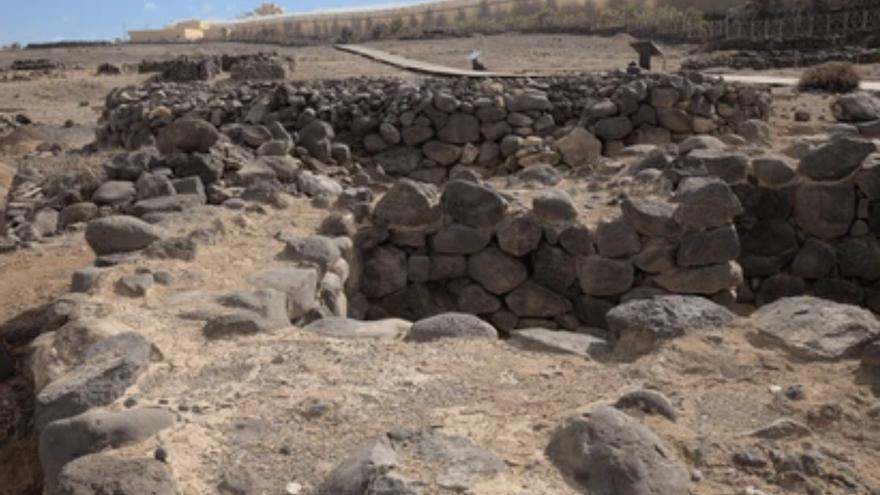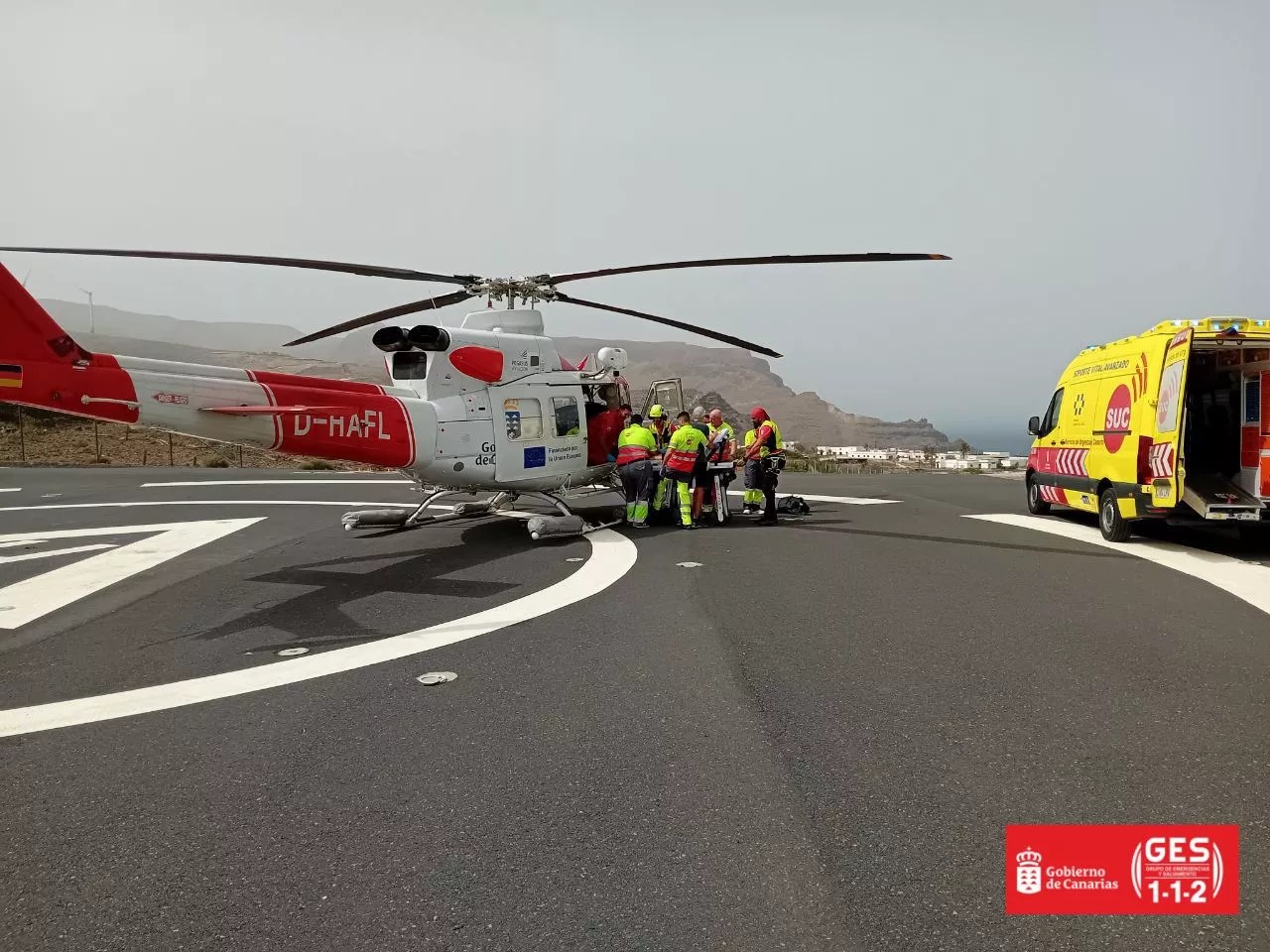
During the 14th and 15th centuries, the Guanche society became stratified, perhaps as a result of contact with Europeans, so that those belonging to the dominant classes were the ones who accessed the mountains to practice religious rites, according to the archaeologist Francisco Pérez Caamaño.
This is indicated by Francisco Pérez Caamaño, who is a professor and doctor in Prehistory from the University of La Laguna, in his book ‘The Guanches in the Mountains’, a work in which he reviews the rock art and religious practices in the Guanche world.
The book, published by the Le Canarien publishing house with the participation of the Council of Cultural Heritage of the City Council of La Laguna, will be presented this afternoon at the headquarters of the Institute of Canarian Studies (IECan) at Casa Ossuna.
In ‘The Guanches in the Mountains’, the author, through the technical, formal, and positional analysis of the rock stations, such as cupules and channels as well as geometric-linear engravings, concludes that during the 14th and 15th centuries, Guanche society became stratified.
This led to the emergence of incipient religious specialists (‘guañameñe’) who probably belonged to the power groups (achimenceyes and cichiquitzos), according to a statement sent by the City Council of La Laguna.
In this way, they moved from the ancient more communal cults, in which the entire society participated, to socially restricting access to divinity, so that those who could access the mountains to practice religious rites were the ones belonging to the dominant classes, who would present themselves as mediators between the human and the divine.
To carry out his study, the author has focused on five mountains located in various locations in Tenerife, two of which are in La Laguna: La Gallardina and Roque Dos Hermanos, the latter in Punta del Hidalgo, as well as Roque Arguayo (Santiago del Teide), Montaña Tejina (Guía de Isora) and Roque del Conde (Adeje-Arona).
Francisco Pérez Caamaño has specialized in the analysis of archaeological territories among the first social formations producing in the southeast of the Iberian Peninsula.
In Tenerife, he has carried out projects related to the study of the archaeological territory of the Guanches in places like Guía de Isora, Arona, Arico, San Miguel de Abona, Tegueste and La Laguna, along with other researchers.
These studies have enabled him to understand how the Guanches occupied and exploited various spaces on the island, and with them, different habitat and settlement patterns, funeral customs, territorial mobility, economic productions, or territorial ritualization patterns.
















